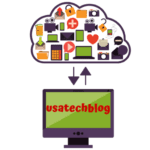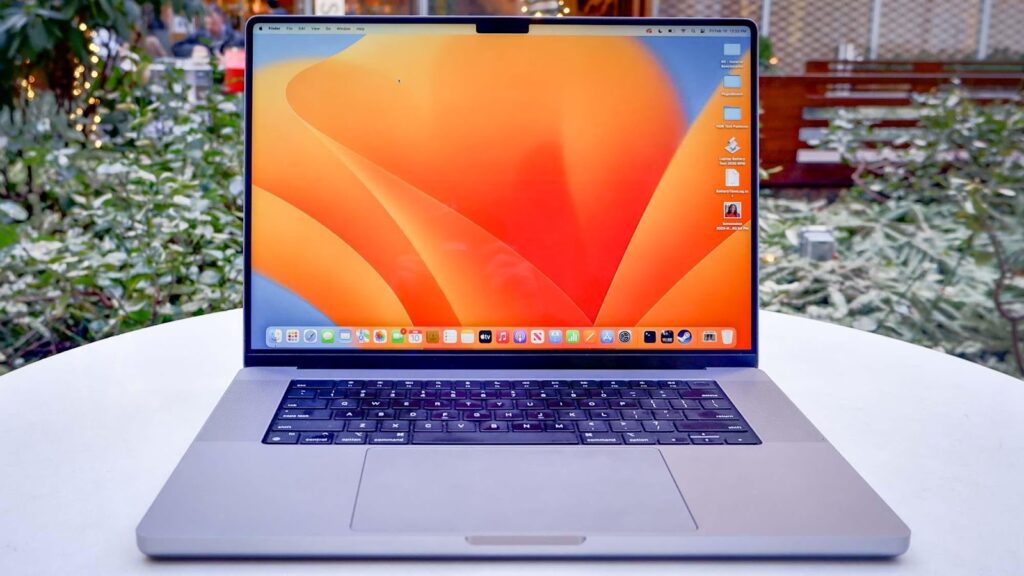If you’ve ever opened up your laptop, like the wonderfully sleek 15-inch MacBook Air, and found yourself wishing that it could simply unlock itself akin to the way your iPhone 14 and iPad Pro do, you’re not the only one. The absence of Face ID on Macs is undeniably one of those disappointments that reemerge each time Apple introduces updates to its line of laptops. However, this situation might be on the brink of change.
Apple has been diligently developing technology that has the potential to bring Face ID functionality to the Mac for quite some time now. Various patents related to this endeavor have been observed in the past. In a recent development, Apple has been granted yet another patent, indicating its ongoing interest in bringing one of its most exceptional security features to its top-tier Mac models.
Anticipating Face ID Integration
The fresh patent, titled “Light Recognition Module for Determining a User of a Computing Device,” was initially discovered by AppleInsider, and its focus is conspicuously centered around the concept of implementing Face ID on Macs—though it refrains from stating this outright. The patent elaborates on the significance of ensuring the safety and security of laptops due to the valuable data they hold. It proceeds to note that “to thwart unauthorized access to this sensitive data, these computing devices may integrate systems and mechanisms for user authentication.”
Yet, one of the challenges that Apple confronts in its pursuit of introducing Face ID to the Mac lies in spatial constraints. Laptop screens are inherently slimmer than those of iPhones, for instance. Consequently, any adapted Face ID technology “must be space-efficient (with slender profiles), all while upholding the precision of user identification.”
The Solution? The patent proposes that Apple could employ “a predetermined light pattern (such as infrared light) and a light sensor capable of detecting a light pattern resulting from the reflection of the said predetermined light pattern from an object (such as a user).”

